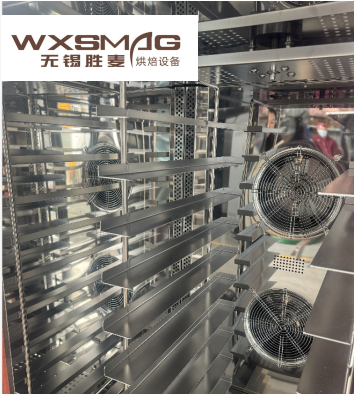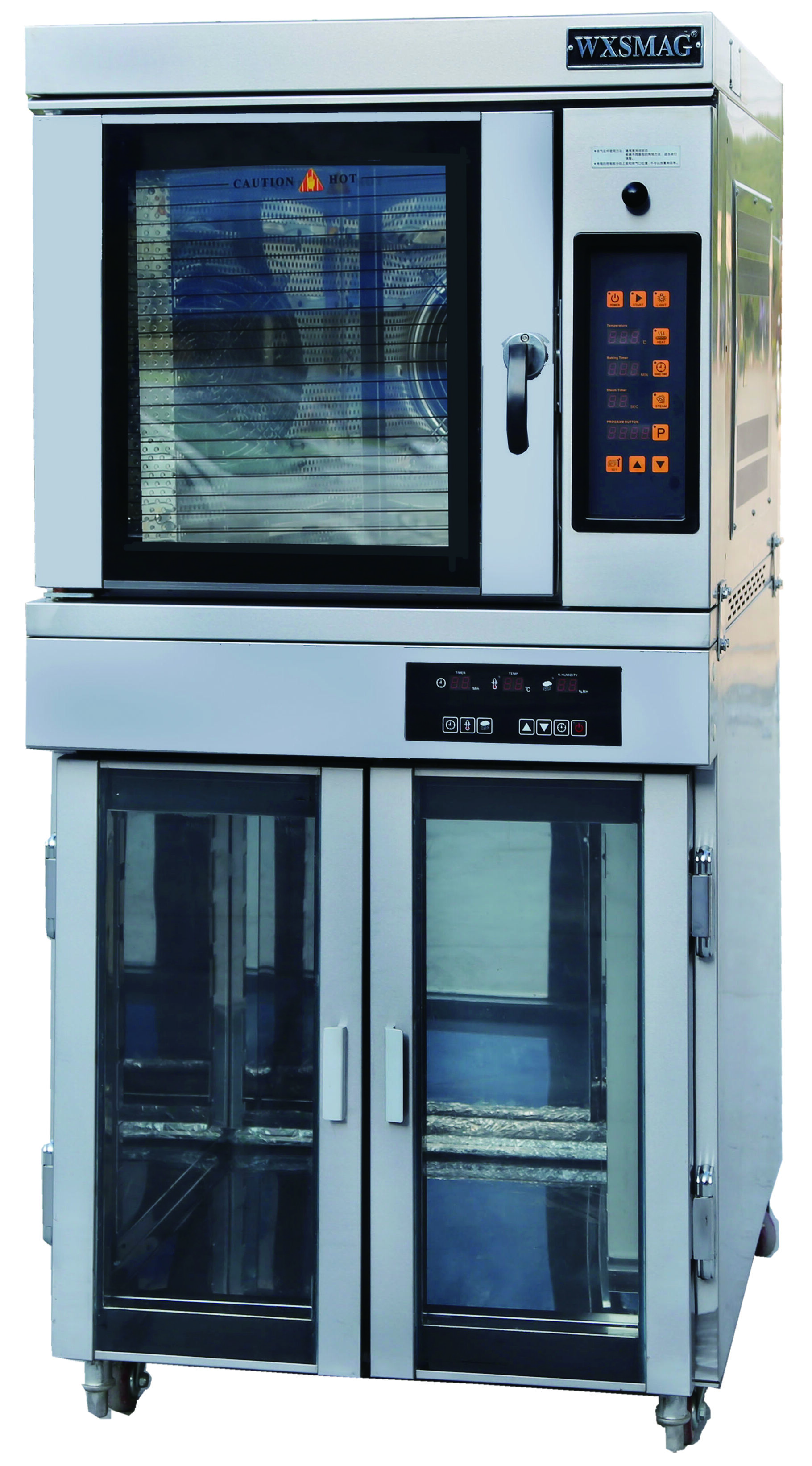Understanding the Magic of Convection Oven Cooking
Convection oven cooking represents a game-changing approach to preparing delicious meals with consistently perfect results. Unlike traditional ovens that rely solely on stationary heat, convection ovens use powerful fans to circulate hot air throughout the cooking chamber. This dynamic airflow creates an environment where food cooks more evenly and often faster than in conventional ovens. Whether you're a home chef looking to elevate your culinary skills or simply seeking to make the most of your kitchen equipment, understanding which foods work best in a convection oven can transform your cooking experience.
The efficiency of convection oven cooking lies in its ability to create a dry, consistent heat environment that promotes even browning and crispy exteriors while maintaining moisture inside your foods. This unique cooking method can reduce cooking times by up to 25% compared to traditional ovens, making it an excellent choice for busy households and professional kitchens alike.
Baked Goods and Pastries
Cookies and Pastries
Cookies and pastries thrive in convection oven cooking environments. The circulating hot air ensures even browning and creates perfectly crisp exteriors while maintaining soft, chewy centers in cookies. When baking multiple trays of cookies, convection ovens eliminate the need for rotating pans, as the heat distribution remains consistent throughout the oven cavity. Croissants and danish pastries develop exceptional flakiness due to the dry, even heat that helps laminated dough layers separate beautifully.
For optimal results, consider reducing your standard baking temperature by 25 degrees Fahrenheit when using convection settings. This adjustment compensates for the increased efficiency of heat transfer and prevents over-browning while ensuring thorough baking.
Breads and Rolls
Artisan breads and dinner rolls benefit significantly from convection oven cooking. The consistent air circulation promotes uniform rising and creates that sought-after crispy crust while maintaining a soft, tender crumb inside. Convection heating is particularly effective for achieving the perfect golden-brown color on enriched doughs like brioche and challah.
When baking bread in a convection oven, using a water pan can help create the steam necessary for proper crust development. This technique, combined with the efficient heat distribution, results in professional-quality bread with impressive texture and appearance.
Roasted Meats and Poultry
Perfect Poultry
Convection oven cooking excels at preparing poultry of all kinds. The circulating air creates uniformly crispy skin while keeping the meat juicy and flavorful. Whole chickens and turkeys benefit particularly well from this cooking method, as the consistent heat penetrates all areas of the bird evenly, eliminating cold spots and ensuring food safety.
For the best results with poultry, place your bird on a roasting rack to allow air circulation underneath. This technique promotes even cooking and prevents the bottom from becoming soggy. The reduced cooking time in convection ovens also helps prevent the meat from drying out, resulting in perfectly cooked poultry every time.
Roasts and Large Cuts
Large cuts of meat, such as beef roasts, pork loins, and lamb legs, develop beautiful crusts and retain their juices when prepared in a convection oven. The efficient heat circulation ensures that the exterior browns evenly while the interior cooks to the desired temperature. This cooking method is particularly effective for achieving that restaurant-quality finish on prime rib and tenderloin roasts.
To maximize the benefits of convection oven cooking for large cuts of meat, allow the meat to come to room temperature before roasting and use a meat thermometer to monitor internal temperature accurately. The faster cooking time means you'll need to check doneness earlier than with conventional oven recipes.

Vegetables and Side Dishes
Roasted Vegetables
Vegetables roasted in a convection oven develop incredible caramelization and maintain their natural sweetness. The circulating hot air promotes even browning and creates crispy edges while keeping the interiors tender. Root vegetables, Brussels sprouts, and mixed vegetable medleys all benefit from this cooking method, as the consistent heat ensures that smaller pieces don't burn before larger ones are cooked through.
For optimal results, cut vegetables into uniformly sized pieces and toss them with oil and seasonings before arranging them in a single layer on a rimmed baking sheet. The convection setting will ensure that every piece receives equal exposure to the circulating heat, resulting in perfectly roasted vegetables with enhanced natural flavors.
Casseroles and Gratins
Convection oven cooking brings out the best in casseroles and gratins by creating beautifully browned, crispy tops while maintaining moist, tender ingredients beneath. The even heat distribution ensures that large dishes cook uniformly from edge to center, eliminating cold spots commonly found when using conventional ovens.
When preparing these dishes, consider using slightly less liquid than traditional recipes call for, as the convection environment can reduce moisture more efficiently. This adjustment helps achieve the perfect balance between creamy interiors and golden-brown tops.
Frequently Asked Questions
How should I adjust cooking temperatures when using a convection oven?
Generally, reduce the recipe's temperature by 25 degrees Fahrenheit when using convection oven cooking. This adjustment compensates for the more efficient heat transfer and prevents over-browning while ensuring thorough cooking of your dishes.
Can I use my regular baking pans in a convection oven?
Yes, you can use regular baking pans, but ones with low sides work best as they allow for maximum air circulation. Heavy-gauge aluminum pans and rimmed baking sheets are particularly effective for convection oven cooking.
When should I avoid using the convection setting?
Avoid using convection for delicate items like soufflés, custards, and quick breads that start as batters. These foods may rise unevenly or develop a dry exterior before the interior is fully cooked due to the forced air circulation.

